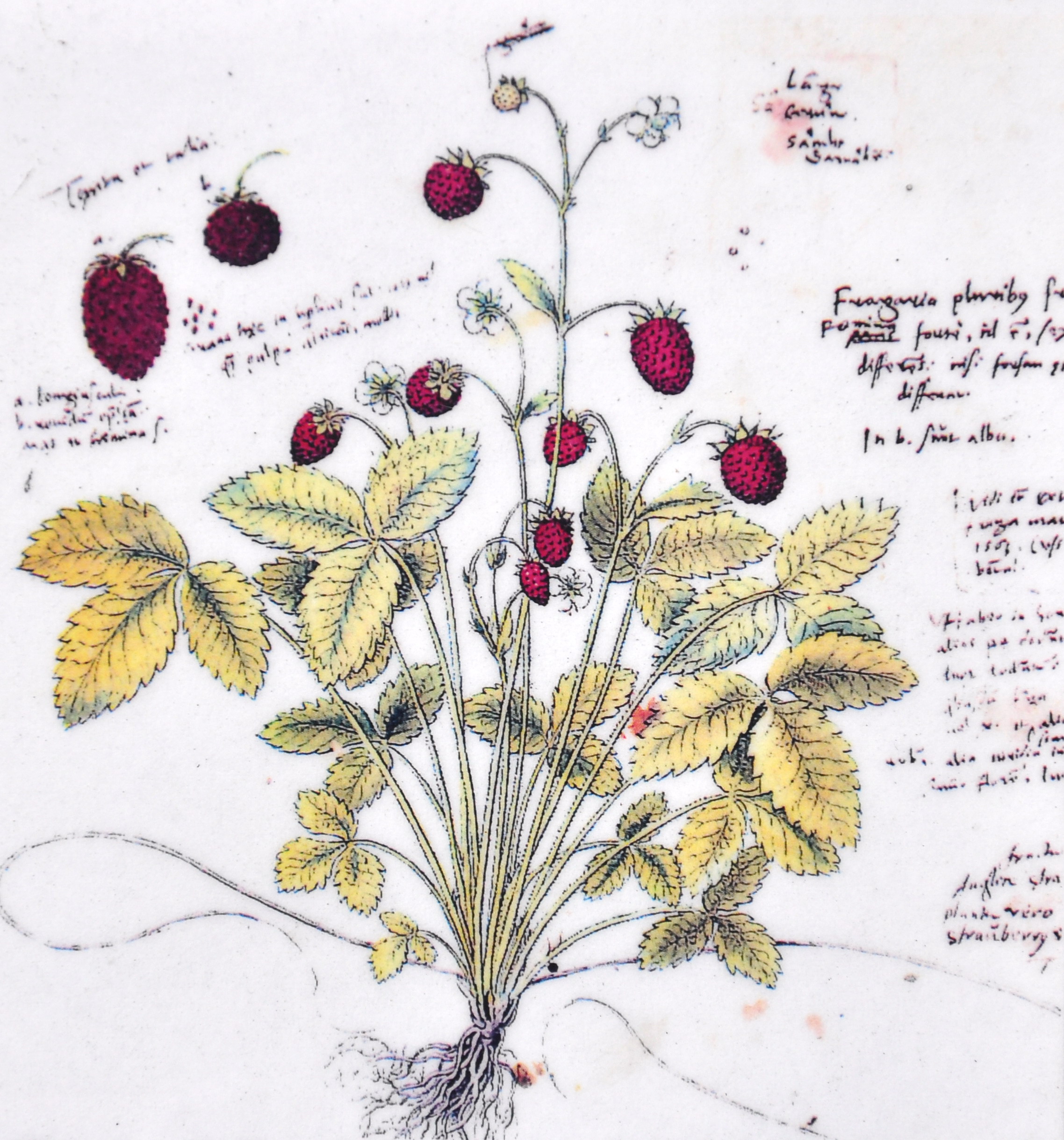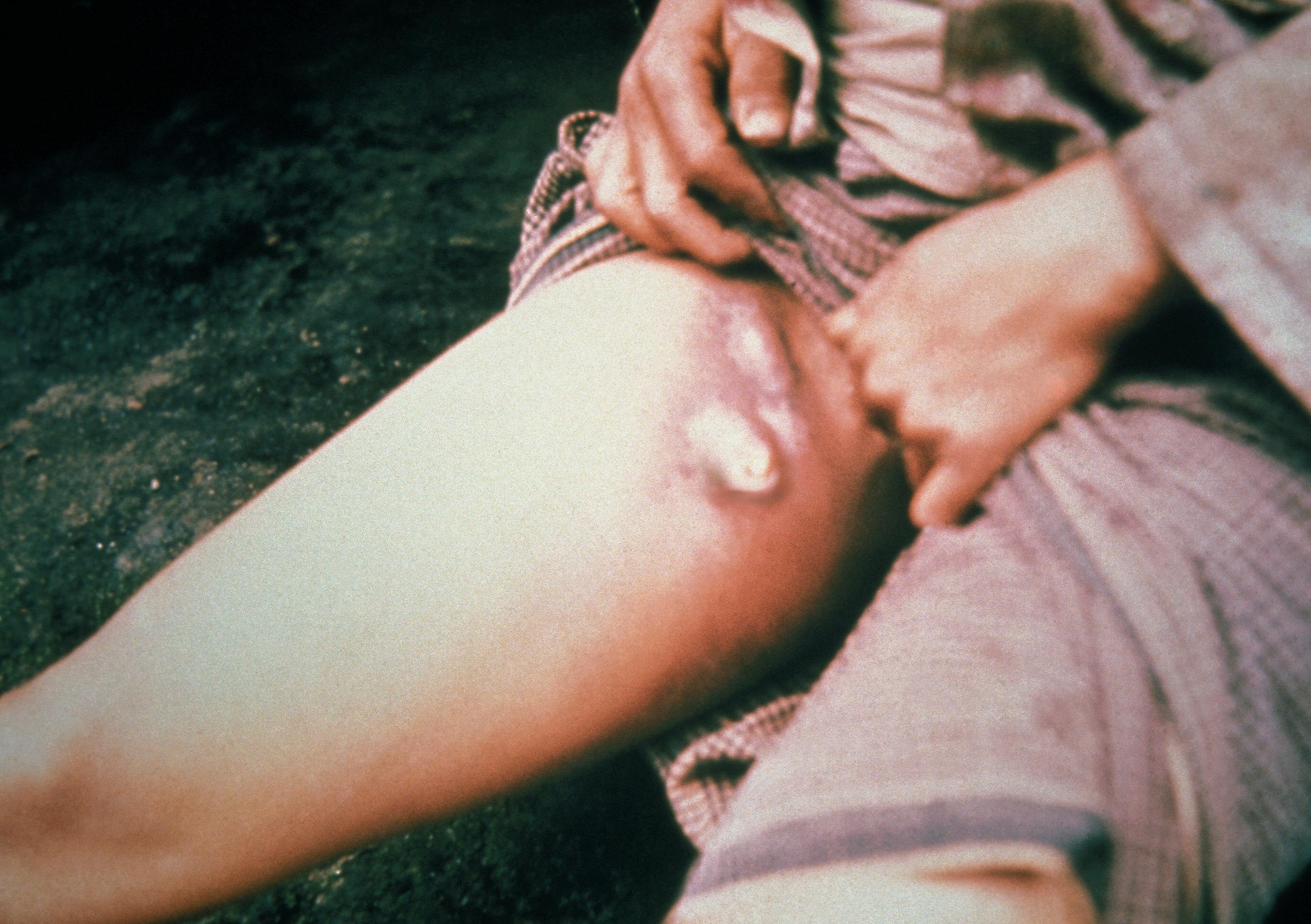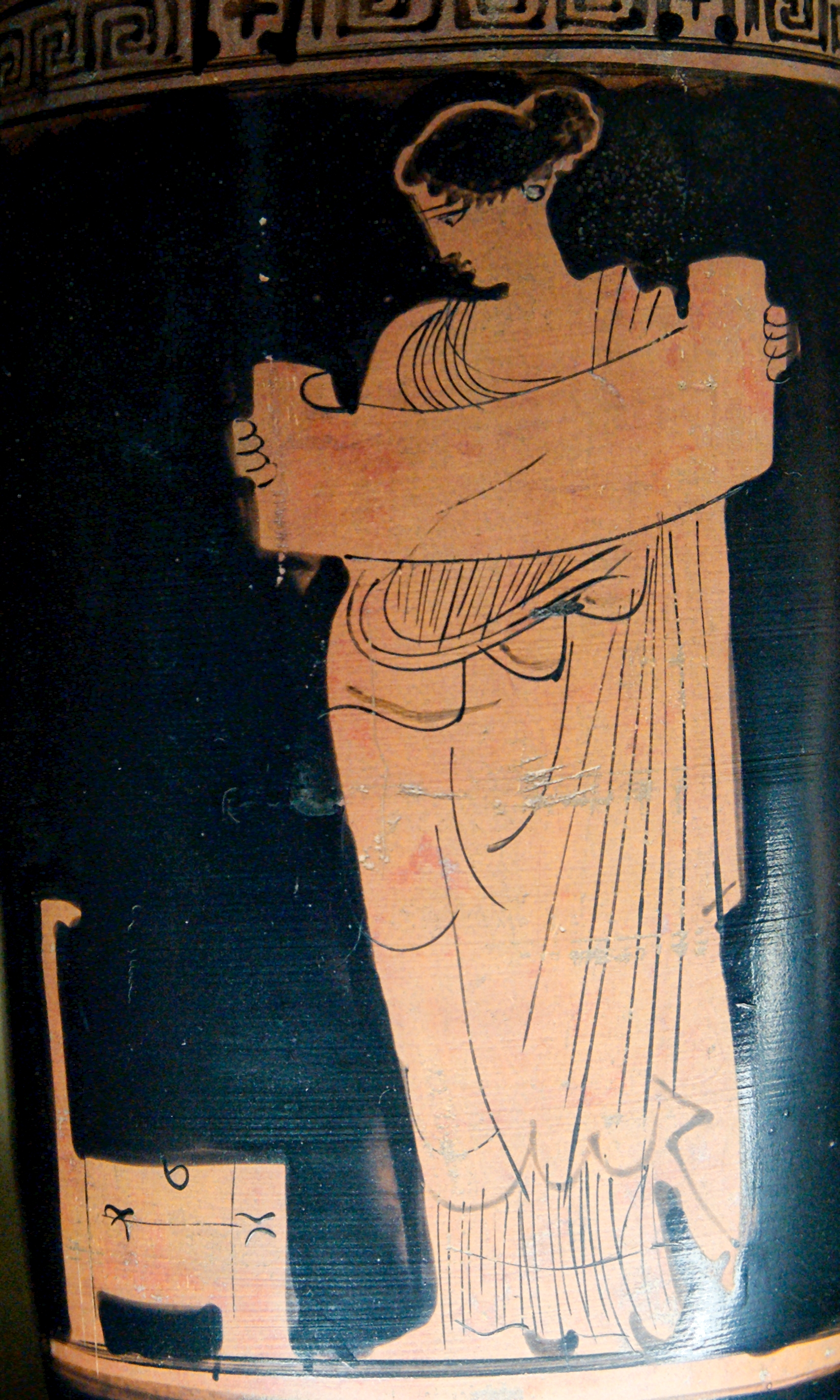|
Conrad Gessner
Conrad Gessner (; ; 26 March 1516 – 13 December 1565) was a Swiss physician, naturalist, bibliographer, and philologist. Born into a poor family in Zürich, Switzerland, his father and teachers quickly realised his talents and supported him through university, where he studied classical languages, theology and medicine. He became Zürich's city physician, but was able to spend much of his time on collecting, research and writing. Gessner compiled monumental works on bibliography ('' Bibliotheca universalis'' 1545–1549) and zoology ( 1551–1558) and was working on a major botanical text at the time of his death from plague at the age of 49. He is regarded as the father of modern scientific bibliography, zoology and botany. He was frequently the first to describe species of plants or animals in Europe, such as the tulip in 1559. A number of plants and animals have been named after him. Life Conrad Gessner was born on 26 March 1516, in Zürich, Switzerland, the son of Ursus ... [...More Info...] [...Related Items...] OR: [Wikipedia] [Google] [Baidu] |
Tobias Stimmer
Tobias Stimmer (7 April 1539 – 4 January 1584In the old style.) was a Switzerland, Swiss painter and illustrator. His most famous work is the paintings on the Strasbourg astronomical clock. Biography He was born in Schaffhausen, and was active in Schaffhausen, Strasbourg and Baden-Baden as a wall and portrait painter. He made a great number of drawings for woodcuts (Bible scenes, allegories, etc.) which were published by the printer Sigmund Feyerabend in Frankfurt am Main, and Bernhart Jobin in Strasbourg. Stimmer followed Hans Holbein the Younger, but developed his own mannerism. Among his wall paintings remain the "House zum Ritter" in Schaffhausen, although this was actually much restored and changed. References *Hans Lieb: ''Tobias Stimmers Geburt und Tod'', in ''Schaffhauser Beiträge zur Geschichte'', vol 67, pages 255-262, 1990. Footnotes External links * *Pictures of the House zum Ritter in the Schaffhausen city archives [...More Info...] [...Related Items...] OR: [Wikipedia] [Google] [Baidu] |
Plague (disease)
Plague is an infectious disease caused by the bacterium '' Yersinia pestis''. Symptoms include fever, weakness and headache. Usually this begins one to seven days after exposure. There are three forms of plague, each affecting a different part of the body and causing associated symptoms. Pneumonic plague infects the lungs, causing shortness of breath, coughing and chest pain; bubonic plague affects the lymph nodes, making them swell; and septicemic plague infects the blood and can cause tissues to turn black and die. The bubonic and septicemic forms are generally spread by flea bites or handling an infected animal, whereas pneumonic plague is generally spread between people through the air via infectious droplets. Diagnosis is typically by finding the bacterium in fluid from a lymph node, blood or sputum. Those at high risk may be vaccinated. Those exposed to a case of pneumonic plague may be treated with preventive medication. If infected, treatment is with antibiotics a ... [...More Info...] [...Related Items...] OR: [Wikipedia] [Google] [Baidu] |
Bubonic Plague
Bubonic plague is one of three types of Plague (disease), plague caused by the Bacteria, bacterium ''Yersinia pestis''. One to seven days after exposure to the bacteria, flu-like symptoms develop. These symptoms include fever, headaches, and vomiting, as well as Lymphadenopathy, swollen and painful lymph nodes occurring in the area closest to where the bacteria entered the skin. Acral necrosis, the dark discoloration of skin, is another symptom. Occasionally, swollen lymph nodes, known as "buboes", may break open. The three types of plague are the result of the route of infection: bubonic plague, septicemic plague, and pneumonic plague. Bubonic plague is mainly spread by infected fleas from small animals. It may also result from exposure to the body fluids from a dead plague-infected animal. Mammals such as rabbits, hares, and some cat species are susceptible to bubonic plague, and typically die upon contraction. In the bubonic form of plague, the bacteria enter through the ... [...More Info...] [...Related Items...] OR: [Wikipedia] [Google] [Baidu] |
Arnoldus Arlenius
Arnoldus Arlenius Peraxylus, ( – 1582), born Arndt or Arnout van Eyndhouts or van Eynthouts, also known as Arnoud de Lens, was a Dutch humanist philosopher and poet. He was born in Aarle, near Helmond, (although some accounts say 's-Hertogenbosch), North Brabant, in the Netherlands, at that time part of the possessions of the Habsburgs. He studied under Macropedius and later travelled to Paris, and Ferrara and studied at the University of Bologna for five years, becoming a first-rate Greek scholar and supporting himself by bookselling and acting as a scout for the printers of Basel, arranging the publication of books such as Caelius Rhodiginus's ''Lectiones antiquae''. In 1542 he travelled to Venice, where he became librarian to the Spanish ambassador, Diego Hurtado de Mendoza, finding new texts and organising the transcription of documents, work which involved him in travelling to Frankfurt and Florence. In 1543 he met Conrad Gessner who visited him in Venice. He also c ... [...More Info...] [...Related Items...] OR: [Wikipedia] [Google] [Baidu] |
Dowry
A dowry is a payment such as land, property, money, livestock, or a commercial asset that is paid by the bride's (woman's) family to the groom (man) or his family at the time of marriage. Dowry contrasts with the related concepts of bride price and dower. While bride price or bride service is a payment by the Bridegroom, groom, or his family, to the bride, or her family, dowry is the wealth transferred from the bride, or her family, to the groom, or his family. Similarly, dower is the property settled on the bride herself, by the groom at the time of marriage, and which remains under her ownership and control. Traditionalist dowry is an ancient custom that is mentioned in some of the earliest writings, and its existence may well predate records of it. Dowries continue to be expected and demanded as a condition to accept a marriage proposal in some parts of the world, mainly in parts of Asia. The custom of dowry is most common in strongly patrilineal cultures that expect women t ... [...More Info...] [...Related Items...] OR: [Wikipedia] [Google] [Baidu] |
Battle Of Kappel
The Second War of Kappel () was an armed conflict in 1531 between the Catholic and the Protestant cantons of the Old Swiss Confederacy during the Reformation in Switzerland. Background The peace concluded after the First War of Kappel two years earlier had prevented an armed confrontation, but the tensions between the two parties had not been resolved, and provocations from both sides continued, fuelled in particular by the Augsburg Confession of 1530. The Protestant canton of Zürich and Huldrych Zwingli, leader of the Swiss Reformation, feared a military action by Ferdinand I, Archduke of Austria and his brother Charles V, Holy Roman Emperor against Swiss Protestants, and saw the five Catholic cantons of Central Switzerland (Lucerne, Schwyz, Uri, Zug and Unterwalden) as potential allies of the two Habsburg sovereigns. Additionally, the Catholic party accused Zürich of territorial ambitions. While the Federal Diet ('' Tagsatzung'') had successfully mediated in 1529, on this ... [...More Info...] [...Related Items...] OR: [Wikipedia] [Google] [Baidu] |
Strasbourg
Strasbourg ( , ; ; ) is the Prefectures in France, prefecture and largest city of the Grand Est Regions of France, region of Geography of France, eastern France, in the historic region of Alsace. It is the prefecture of the Bas-Rhin Departments of France, department and the Seat of the European Parliament in Strasbourg, official seat of the European Parliament. The city has about three hundred thousand inhabitants, and together Eurométropole de Strasbourg, Greater Strasbourg and the arrondissement of Strasbourg have over five hundred thousand. Strasbourg's functional area (France), metropolitan area had a population of 860,744 in 2020, making it the eighth-largest metro area in France and home to 14% of the Grand Est region's inhabitants. The transnational Eurodistrict Strasbourg-Ortenau Eurodistrict, Strasbourg-Ortenau had a population of roughly 1,000,000 in 2022. Strasbourg is one of the ''de facto'' four main capitals of the European Union (alongside Brussels, Luxembourg ... [...More Info...] [...Related Items...] OR: [Wikipedia] [Google] [Baidu] |
University Of Paris
The University of Paris (), known Metonymy, metonymically as the Sorbonne (), was the leading university in Paris, France, from 1150 to 1970, except for 1793–1806 during the French Revolution. Emerging around 1150 as a corporation associated with the cathedral school of Paris, it was considered the List of medieval universities, second-oldest university in Europe.Charles Homer Haskins: ''The Rise of Universities'', Henry Holt and Company, 1923, p. 292. Officially chartered in 1200 by Philip II of France, King Philip II and recognised in 1215 by Pope Innocent III, it was nicknamed after its theological College of Sorbonne, founded by Robert de Sorbon and chartered by King Louis IX around 1257. Highly reputed internationally for its academic performance in the humanities ever since the Middle Ages – particularly in theology and philosophy – it introduced academic standards and traditions that have endured and spread, such as Doctor (title), doctoral degrees and student nations. ... [...More Info...] [...Related Items...] OR: [Wikipedia] [Google] [Baidu] |
University Of Bourges
The University of Bourges () was a university located in Bourges, France. It was founded by Louis XI in 1463 and closed during the French Revolution. Until the mid-17th century, lack of suitable legal training at home meant many Scots seeking to practice law studied at Bourges, Paris Paris () is the Capital city, capital and List of communes in France with over 20,000 inhabitants, largest city of France. With an estimated population of 2,048,472 residents in January 2025 in an area of more than , Paris is the List of ci ... or Orléans; thereafter, most did so at Leyden University in the Dutch Republic. Notable alumni * Patrick Adamson (1543–1591) * John Calvin (1509–1564) * Jean Domat (1625-1696) * Hugues Doneau (1527–1591) * Francois Douaren (1509–1559) * Conrad Gessner (1516–1565) * Franciscus Junius (the elder) (1545–1602) * Esmé Stewart, 3rd Duke of Lennox (1579–1624) See also * List of medieval universities References Sources * * J.-Y. ... [...More Info...] [...Related Items...] OR: [Wikipedia] [Google] [Baidu] |
Plutus (play)
''Plutus'' (, ''Ploutos'', "Wealth") is an Ancient Greek comedy by the playwright Aristophanes, which was first produced in 388 BC. A political satire on contemporary Athens, it features the personified god of wealth Plutus. Reflecting the development of Old Comedy towards New Comedy, it uses such familiar character types as the stupid master and the insubordinate slave to attack the morals of the time. Plot The play features an elderly Athenian citizen, Chremylos, and his slave Cario or Carion. Chremylos presents himself and his family as virtuous but poor, and has accordingly gone to seek advice from an oracle. The play begins as he returns to Athens from Delphi, having been instructed by Apollo to follow the first man he meets and persuade him to come home with him. That man turns out to be the god Plutus — who is, contrary to all expectations, a blind beggar. After much argument, Plutus is convinced to enter Chremylos's house, where he will have his vision restored ... [...More Info...] [...Related Items...] OR: [Wikipedia] [Google] [Baidu] |
Aristophanes
Aristophanes (; ; ) was an Ancient Greece, Ancient Greek Ancient Greek comedy, comic playwright from Classical Athens, Athens. He wrote in total forty plays, of which eleven survive virtually complete today. The majority of his surviving plays belong to the genre of comic drama known as Old Comedy and are considered its most valuable examples. Aristophanes' plays were performed at the religious festivals of Athens, mostly the City Dionysia and the Lenaia, and several of them won the first prize in their respective competitions. Also known as "The Father of Comedy" and "the Prince of Ancient Comedy", Aristophanes wrote plays that often dealt with real-life figures, including Euripides and Alcibiades, and contemporary events, such as the Peloponnesian War. He has been said to recreate the life of ancient Athens more convincingly than any other author. His plays are characterized by preposterous premises, explicit language, wordplays, and political satire. His powers of ridicule ... [...More Info...] [...Related Items...] OR: [Wikipedia] [Google] [Baidu] |
Penia
In Plato's ''Symposium'', Penia (Ancient Greek: , ''Penía''), or Penae (Latin: "Poverty", "Deficiency"), is the personification of poverty and need. She conceived Eros with an intoxicated Porus ("Resource", "Contrivance") in Zeus's garden while at Aphrodite's birthday. Her sisters are Amechania and Ptocheia. Penia was also mentioned by other ancient Greek writers such as Alcaeus (Fragment 364), Theognis (Fragment 1; 267, 351, 649), Aristophanes ('' Plutus'', 414ff), Herodotus, Plutarch (''Life of Themistocles''), and Philostratus (''Life of Apollonius''). Mythology Plato's account Perhaps one of the most famous mentions is in Plato's Symposium (203b–e), a Socratic Dialogue written by Plato c. 385–370 BC. She is part of a story narrated by Socrates, that he originally heard from a priestess by the name of Diotima. There, Penia appears during a banquet thrown by the gods to celebrate the birth of Aphrodite, in order to beg. In the hope for alleviating her misery, she ... [...More Info...] [...Related Items...] OR: [Wikipedia] [Google] [Baidu] |






